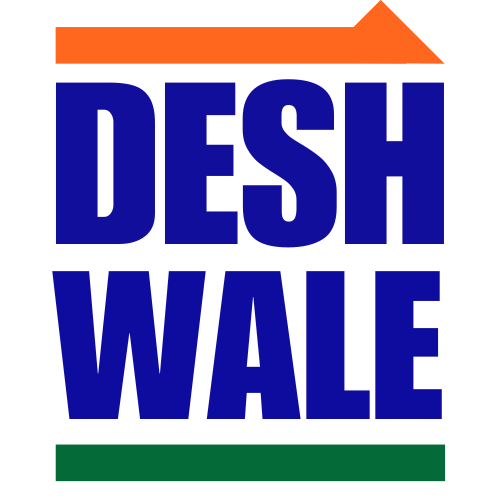By Hiren Gandhi – International Trade Expert & Geopolitical Analyst
Secretary IBF
Brand Ambassador Namaste Hanoi, Vietnam
Background
On October 1, 2025, the United States federal government entered its 11th formal shutdown since 1976, after lawmakers failed to approve appropriations for the 2026 fiscal year.
The stalemate reflects a sharp ideological battle between:
• Democratic-led Senate – demanding renewal of Affordable Care Act (ACA) subsidies and reversal of Medicaid cuts.
• Republican-controlled White House & House of Representatives – under President Donald Trump, opposing expanded health expenditures, especially regarding immigrant eligibility.
This impasse is the latest symptom of America’s deep partisan divide over health care, welfare, and fiscal responsibility.
Key Drivers of the Shutdown
• Health Care Subsidies – Democrats argue extensions are essential to keep premiums affordable; Republicans call them costly “handouts.”
• Medicaid Cuts – GOP insists on reduced federal obligations; Democrats push for full restoration.
• Immigrant Access – Trump opposes benefits for undocumented immigrants and seeks tighter eligibility rules for legal immigrants.
Economic & Social Impact
• Federal Workforce
• 750,000–900,000 furloughed without pay
• ~700,000 working without immediate pay until funding resumes
• Economic Losses
• ~$400 million daily wage losses
• ~$7 billion weekly GDP impact (0.1–0.2% drag)
• Disruptions in tourism, education, R&D, and small businesses tied to federal contracts
• Public Services
• National parks, museums, and research centers closed or under severe staff shortages
• TSA, air traffic control, and law enforcement continue, but morale and efficiency are strained
International Repercussions
• Global Confidence – Shutdowns reinforce perceptions of US political dysfunction, eroding trust in Washington’s governance.
• Safe-Haven Assets – Gold and silver see brief rallies as investors hedge against uncertainty.
• India Linkages – No direct trade shocks, but delays in visa processing, approvals, and diplomatic engagements could slow Indo-US projects.
Political Calculations
• Republicans (Trump’s camp) – betting Democrats will yield under pressure from unpaid workers and voter fatigue.
• Democrats – betting Republicans will face backlash for blocking health care protections.
Both sides appear willing to absorb short-term public pain in pursuit of long-term electoral advantage.
Outlook & Timeline
• Most Likely Duration: 11–14 days (possible resolution mid-October)
• Risk of Extension: Up to one month if neither side compromises
• Exit Triggers:
• A bipartisan short-term funding bill with limited concessions
• Escalation of public service crises (aviation delays, Social Security backlogs)
• Intense voter backlash prompting swift negotiations
Historical Context
• Longest shutdown: 35 days (2018–2019, also under Trump)
• Average duration: ~2 weeks
• Economic damage: Past shutdowns created $3–11 billion in permanent GDP losses.
Strategic Implications
• For Global Investors: Expect short-term volatility in US equities, the dollar, and safe-haven demand.
• For India & Asia: Minor delays in trade and diplomatic channels, but no structural long-term risk.
• For US Politics: Partisan rifts will likely persist, making shutdowns a recurring feature leading into the 2026 election cycle.
This shutdown is more than a budget impasse; it is a political showdown over America’s social contract. While economic costs are significant, the greater damage is reputational. Each shutdown undermines global confidence in the United States’ ability to govern itself, weakening its leadership image on the world stage.
Also Read: US Dollar – A Strong Weapon for Trump?
Subscribe Deshwale on YouTube



